As surely as temperatures rise during the summer, climate alarmism serves up more stories of life-threatening heat domes, apocalyptic fires and biblical floods, all blamed on global warming. Yet the data to prove this link is often cherry-picked. Heatwaves are clearly made worse by global warming. But… a recent Lancet study found that 20,000 people die each year from heat, but 170,000 die from cold. Reporting only on the former leaves us poorly informed. …Pointing wrongly to climate change is dangerous because cutting emissions is one of the least effective ways to help prevent future fires. Much faster, more effective and cheaper solutions include controlled fires to burn away vegetation that could otherwise result in wildfires, improving zoning and enhancing forest management. …A sensible response would focus first on resilience, meaning more air conditioning and cooler cities through greenery and water features. While climate alarmism reaches new heights of scariness, the reality is more prosaic.



:format(webp)/cloudfront-us-east-1.images.arcpublishing.com/tgam/DRA5GH36UNATNMCRZCBDFHTB7Q.jpg)


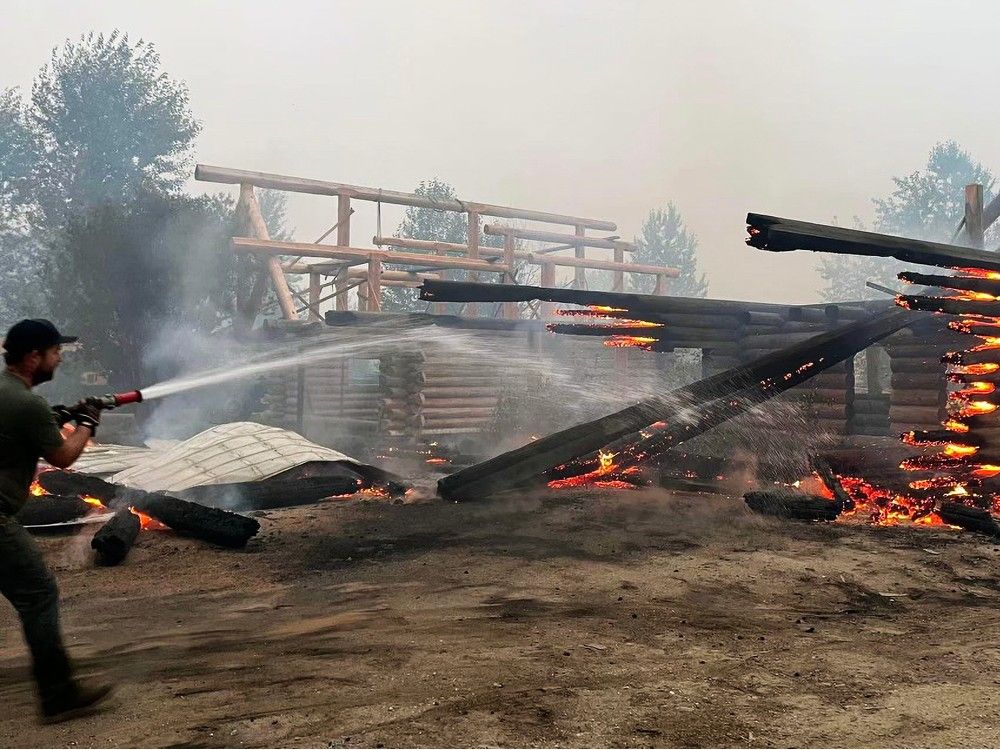




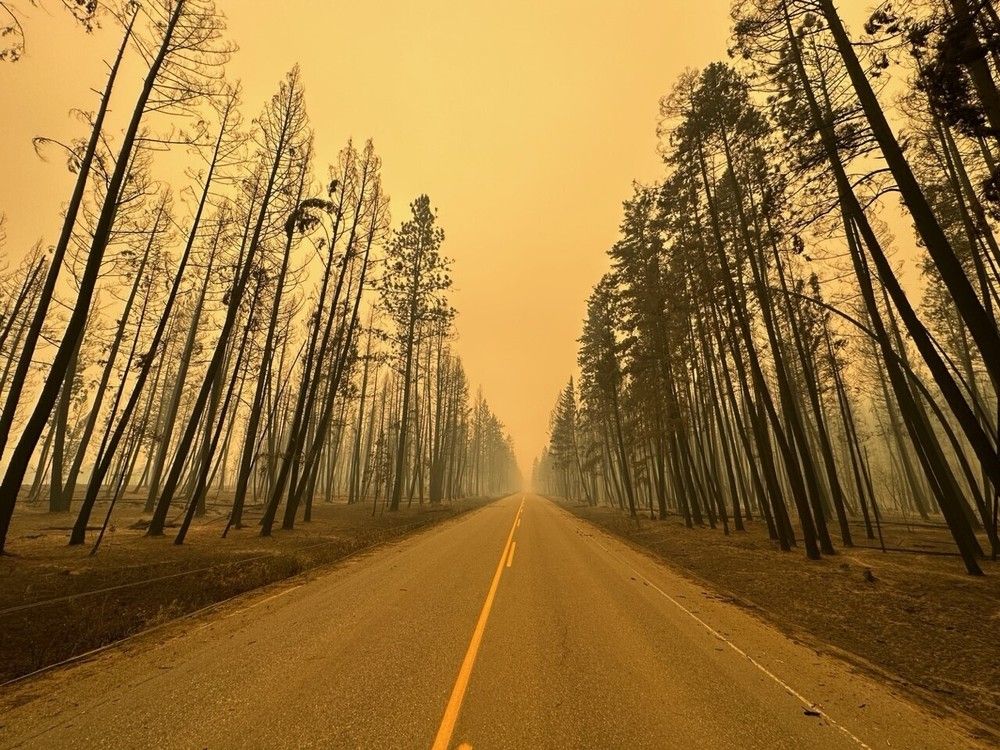
 In wake of the most recent wildfire disasters, including the devastation the island of Maui and parts of B.C. continue to experience, it is high time to reflect on an ecological approach to forest management. …Nowhere is that argument clearer than in B.C., where
In wake of the most recent wildfire disasters, including the devastation the island of Maui and parts of B.C. continue to experience, it is high time to reflect on an ecological approach to forest management. …Nowhere is that argument clearer than in B.C., where 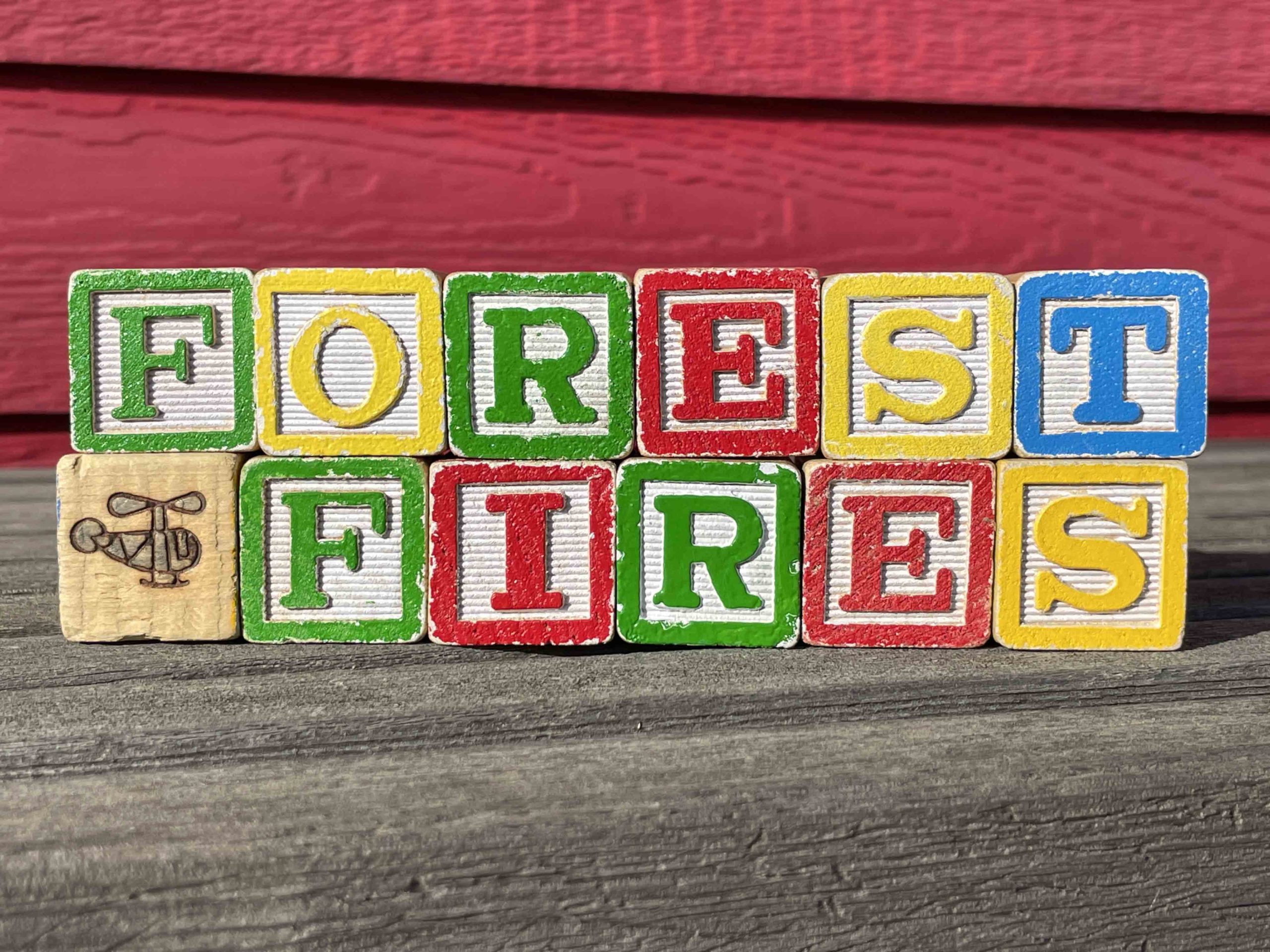 Canada’s current wildfire season is devastating evidence of the effects of climate change, scientists say, but for some conspiracy theorists, the thousands of square kilometres of burnt ground isn’t enough to convince them. Instead, space lasers, arsonists and government plots to restrict people’s movement are some of the causes of the fires, according to fringe online circles. …these theories are widely circulated and boosted by social media algorithms. …Kawser Ahmed, professor at University of Winnipeg, said almost all conspiracy theories have a spark of truth but are distorted to attract attention. Forest fires, he said, are spectacular events that draw attention before the full facts come to light, and conspiracy theories fill in the gaps. But such theories harm those who are fleeing the fires and those who are fighting the blazes, he noted. …Kennedy said conspiracy theories can cause diminishing trust among people, which could reduce compliance with evacuation orders.
Canada’s current wildfire season is devastating evidence of the effects of climate change, scientists say, but for some conspiracy theorists, the thousands of square kilometres of burnt ground isn’t enough to convince them. Instead, space lasers, arsonists and government plots to restrict people’s movement are some of the causes of the fires, according to fringe online circles. …these theories are widely circulated and boosted by social media algorithms. …Kawser Ahmed, professor at University of Winnipeg, said almost all conspiracy theories have a spark of truth but are distorted to attract attention. Forest fires, he said, are spectacular events that draw attention before the full facts come to light, and conspiracy theories fill in the gaps. But such theories harm those who are fleeing the fires and those who are fighting the blazes, he noted. …Kennedy said conspiracy theories can cause diminishing trust among people, which could reduce compliance with evacuation orders.


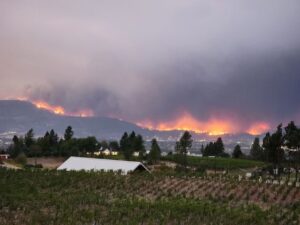 Summer 2023’s record Interior blazes are serving as a reminder about the need to spend more to prevent and mitigate wildfires. But the province must also rethink its methods, according to a June report by an independent government and industry watchdog. “Wildfire risk reduction or restoration treatments can be costly, and there is currently little funding to support landscape treatment outside the wildland urban interface,” said the Forest and Fire Management in B.C. report from the Forest Practices Board (FPB). …“If the people of B.C. want to co-exist with fire, there is an urgent need to act now at a pace and scale that will achieve landscape resilience,” the report said. …South of the border, the Biden administration has already turned its attention toward landscape fire management. The 10-year Wildfire Crisis Strategy is part of an US$8.25-billion program to treat 20 million acres.
Summer 2023’s record Interior blazes are serving as a reminder about the need to spend more to prevent and mitigate wildfires. But the province must also rethink its methods, according to a June report by an independent government and industry watchdog. “Wildfire risk reduction or restoration treatments can be costly, and there is currently little funding to support landscape treatment outside the wildland urban interface,” said the Forest and Fire Management in B.C. report from the Forest Practices Board (FPB). …“If the people of B.C. want to co-exist with fire, there is an urgent need to act now at a pace and scale that will achieve landscape resilience,” the report said. …South of the border, the Biden administration has already turned its attention toward landscape fire management. The 10-year Wildfire Crisis Strategy is part of an US$8.25-billion program to treat 20 million acres.
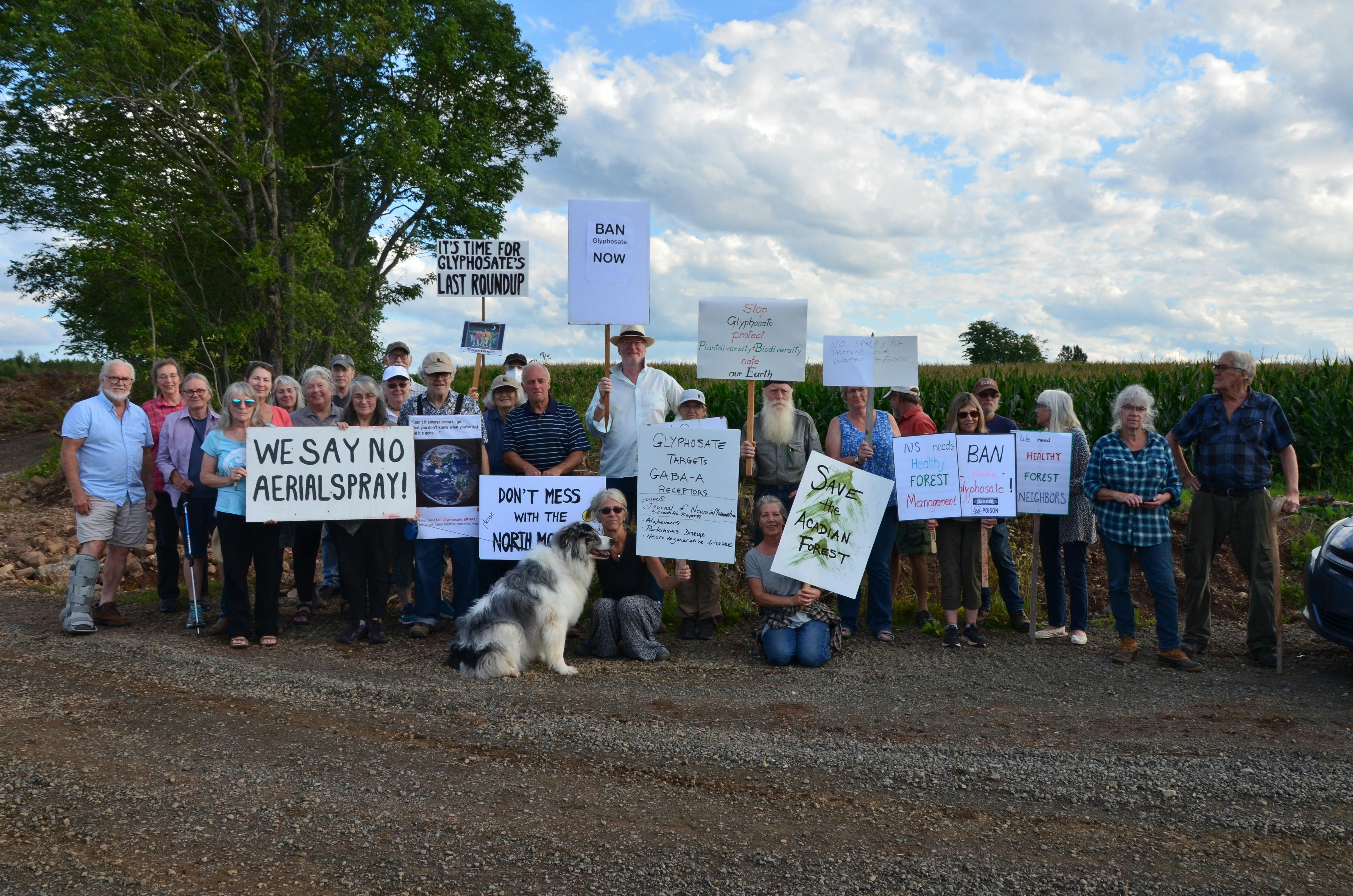
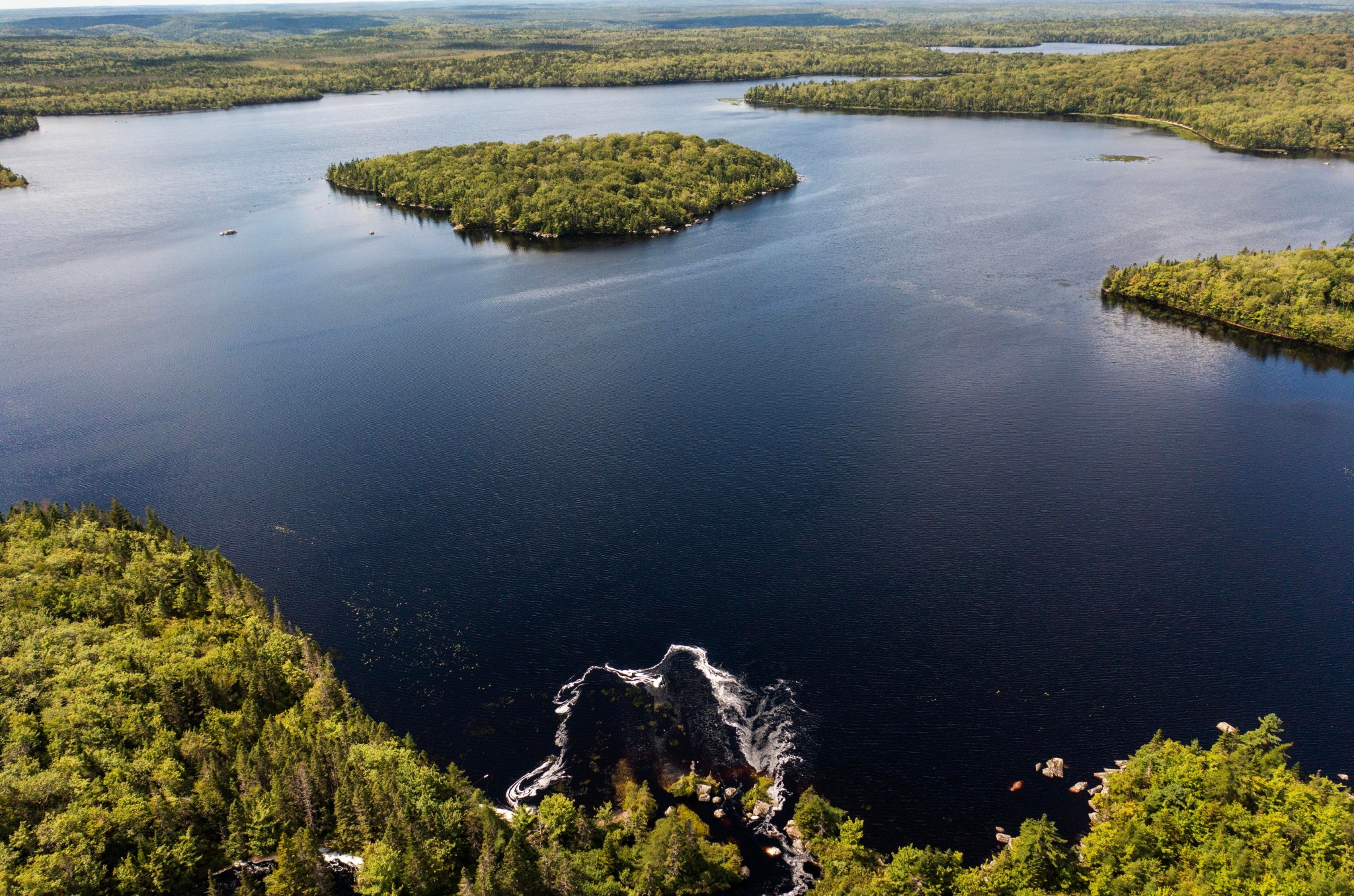

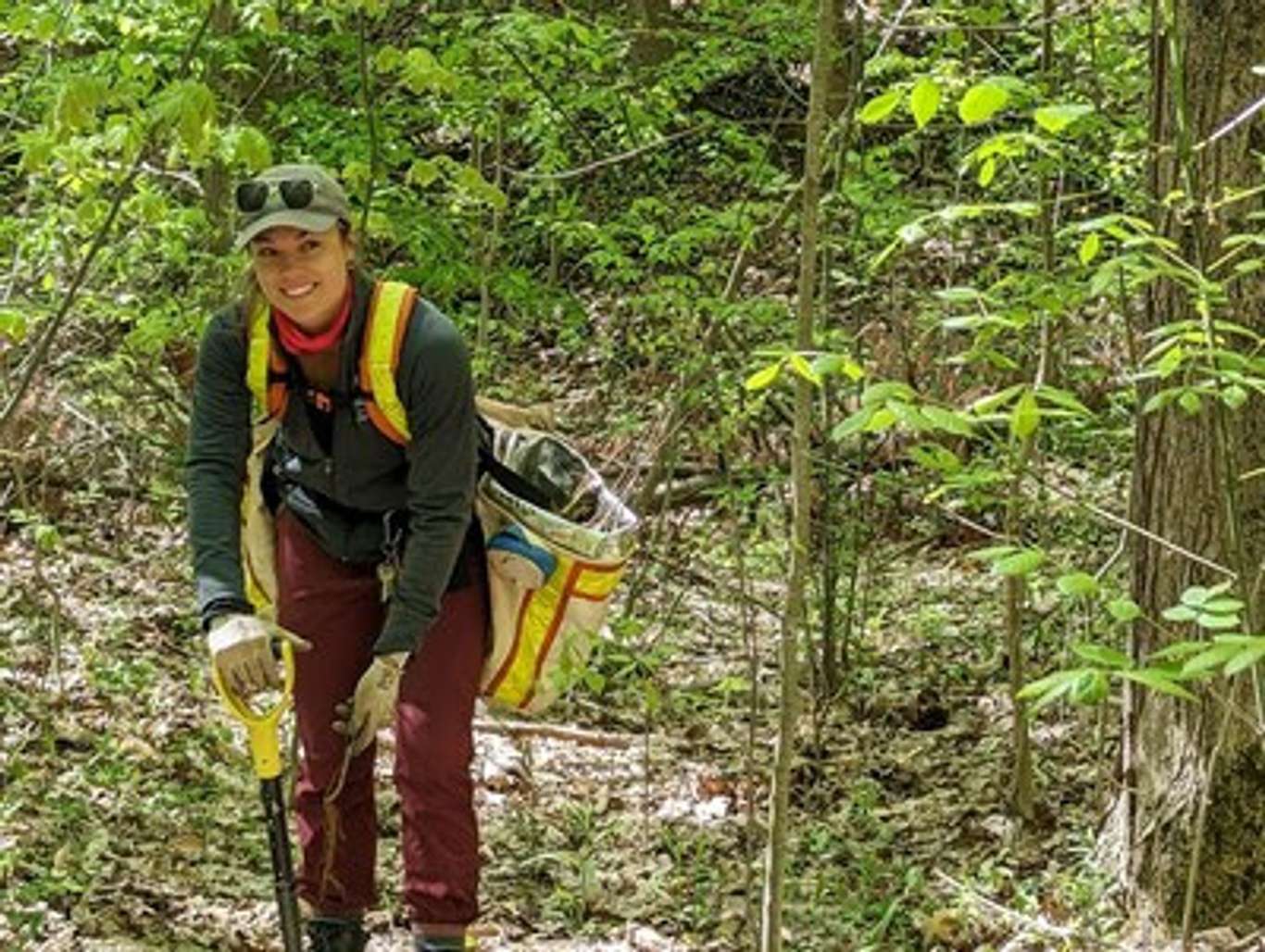


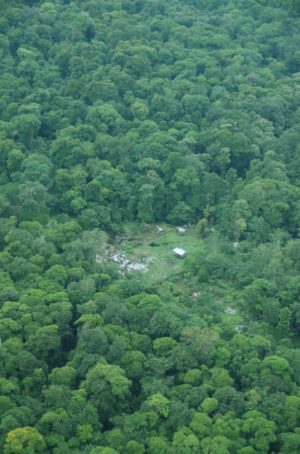 Some leaves in tropical forests from South America to South East Asia are getting so hot they may no longer be able to photosynthesize, with big potential consequences for the world’s forests, according to a new study. Leaves’ ability to photosynthesize begins to fail when their temperature reaches around 46.7 degrees Celsius (116 Fahrenheit). While this may seem high, leaves can get much hotter than the air temperature, according to the
Some leaves in tropical forests from South America to South East Asia are getting so hot they may no longer be able to photosynthesize, with big potential consequences for the world’s forests, according to a new study. Leaves’ ability to photosynthesize begins to fail when their temperature reaches around 46.7 degrees Celsius (116 Fahrenheit). While this may seem high, leaves can get much hotter than the air temperature, according to the 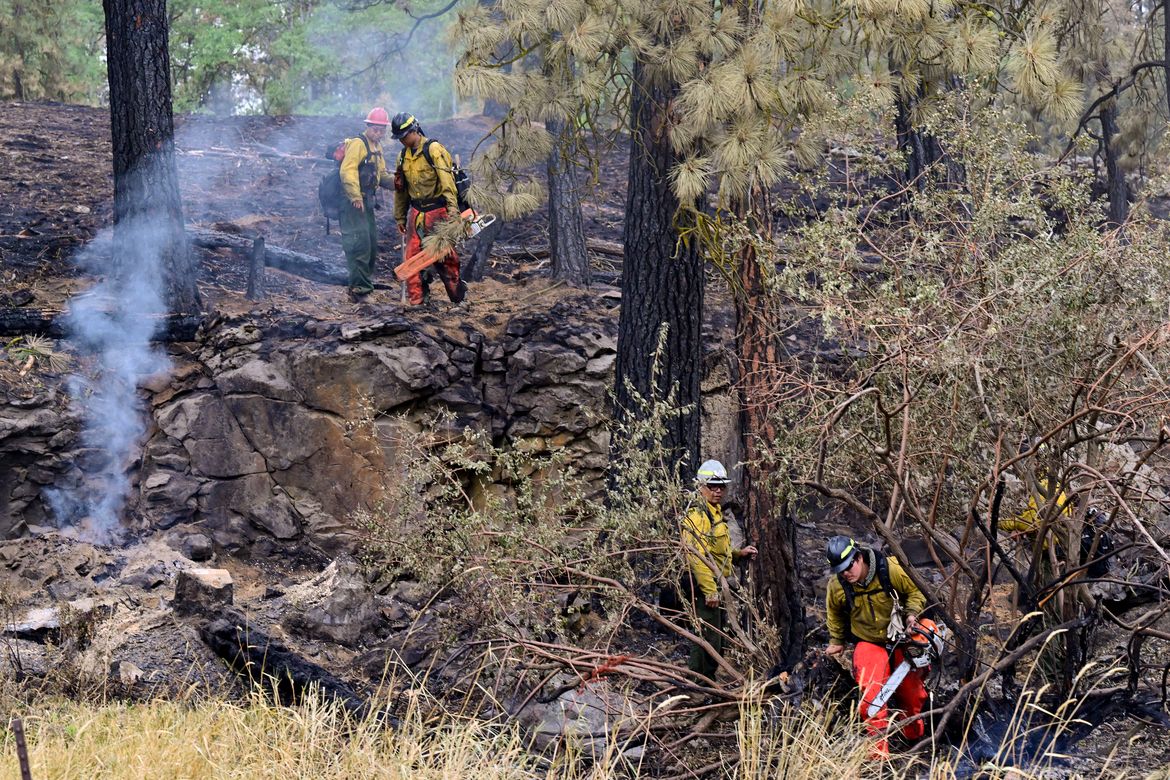
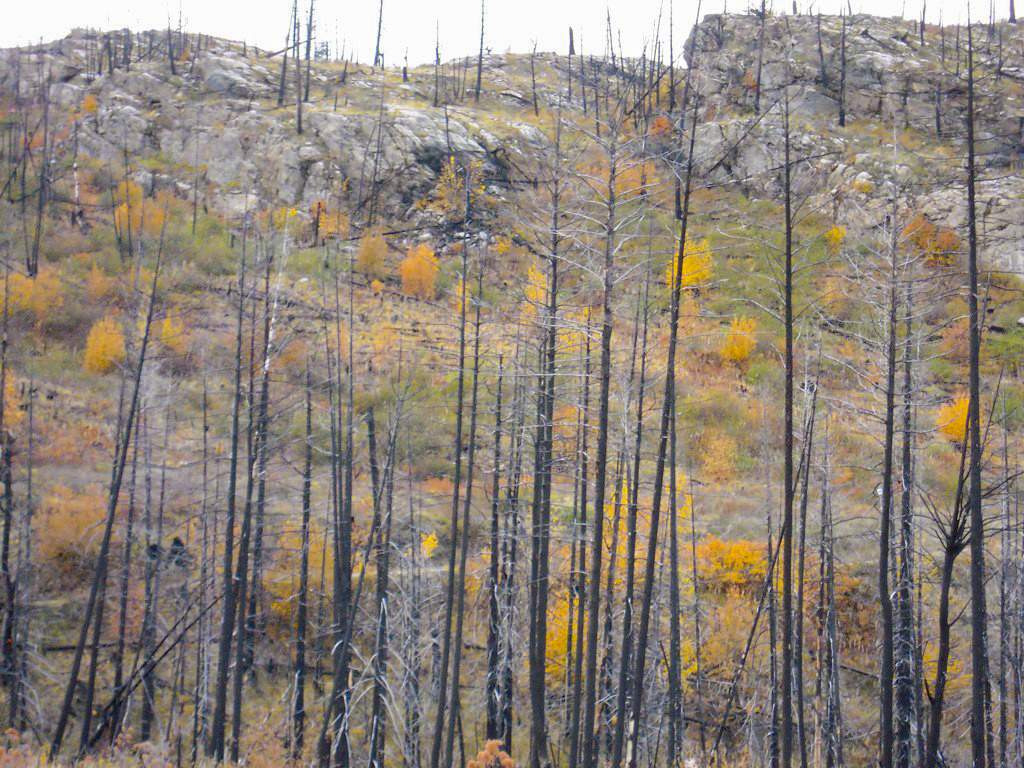 Satellite data from across California’s landscapes reveal an increase in nitrogen dioxide levels in remote forest areas, and wildfire and soil emissions are likely the reasons why, according to a paper from University of California, Davis, published today in the journal Environmental Research Letters. Nitrogen dioxide is short-lived in the atmosphere but plays a central role in the formation of the pollutants ozone and particulate matter, which can lead to respiratory issues and asthma in humans, as well as harm plants and crop yields. The researchers looked at summertime surface and satellite concentrations of nitrogen dioxide between 2009 and 2020 and found that levels decreased by 2-4.5% per year in urban areas across California, while rural concentrations remained relatively constant, and remote forests experienced an increase of roughly 4.2% per year. …The findings could help inform future policy decisions as regulators seek additional decreases of the pollutant.
Satellite data from across California’s landscapes reveal an increase in nitrogen dioxide levels in remote forest areas, and wildfire and soil emissions are likely the reasons why, according to a paper from University of California, Davis, published today in the journal Environmental Research Letters. Nitrogen dioxide is short-lived in the atmosphere but plays a central role in the formation of the pollutants ozone and particulate matter, which can lead to respiratory issues and asthma in humans, as well as harm plants and crop yields. The researchers looked at summertime surface and satellite concentrations of nitrogen dioxide between 2009 and 2020 and found that levels decreased by 2-4.5% per year in urban areas across California, while rural concentrations remained relatively constant, and remote forests experienced an increase of roughly 4.2% per year. …The findings could help inform future policy decisions as regulators seek additional decreases of the pollutant.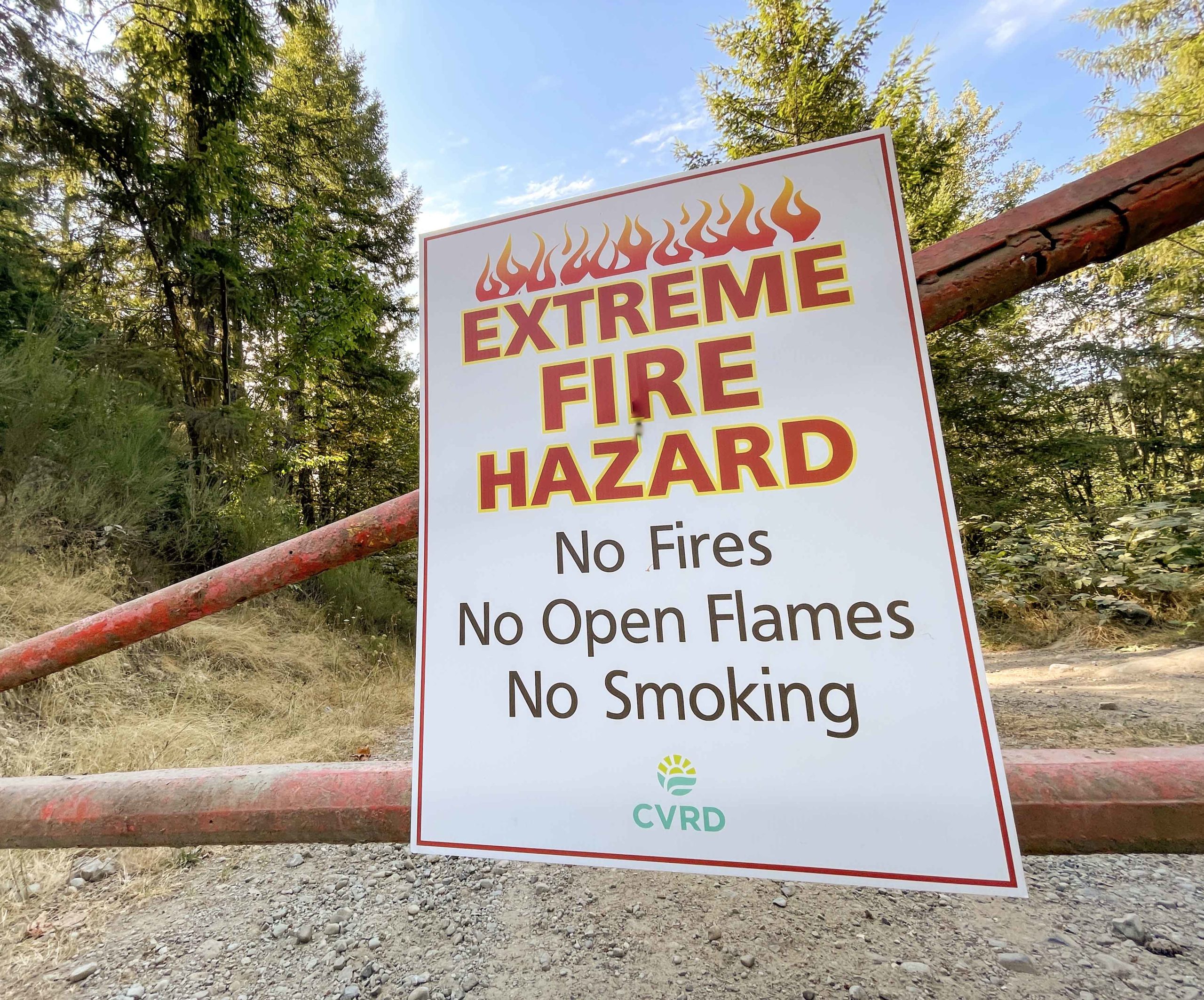 TUCSON, Ariz. – The peak of wildfire season in Arizona is usually in June and July, but experts believe the fire season is still going strong. This comes as we near the end of August when fire crews usually see wildfire season winding down. Due to the delay in the season, fire crews are still keeping their eye on the possibility of a wildfire sparking up. In normal years, fire activity in the state usually picks up around mid to late May. According to Tiffany Davila with AZ Forestry and Fire Management, because of this past winter’s above-average rainfall and snow, fire crews didn’t start responding to uncontrolled wildfires until June. Fire officials believe this helped this year’s wildfire season overall. …Davila advises Arizonans to be cautious when working outside with power tools or doing any fire-related activity because one little spark can ignite a wild blaze.
TUCSON, Ariz. – The peak of wildfire season in Arizona is usually in June and July, but experts believe the fire season is still going strong. This comes as we near the end of August when fire crews usually see wildfire season winding down. Due to the delay in the season, fire crews are still keeping their eye on the possibility of a wildfire sparking up. In normal years, fire activity in the state usually picks up around mid to late May. According to Tiffany Davila with AZ Forestry and Fire Management, because of this past winter’s above-average rainfall and snow, fire crews didn’t start responding to uncontrolled wildfires until June. Fire officials believe this helped this year’s wildfire season overall. …Davila advises Arizonans to be cautious when working outside with power tools or doing any fire-related activity because one little spark can ignite a wild blaze.






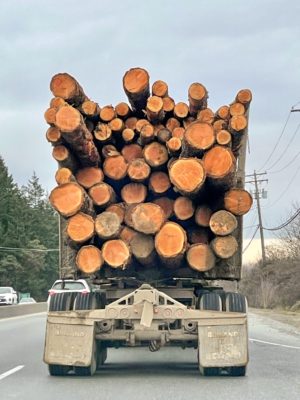 AUSTRALIA — Labor’s internal green lobby is calling on Agriculture Minister Murray Watt to use the Productivity Commission for a major nationwide review of the forestry industry after the party resolved to rethink its three-decade-old stance on native logging. The push comes after ALP powerbrokers defused a potentially damaging rift over forestry at the party conference two weeks ago by quashing a motion from the Labor Environmental Action Network to ban logging of native forests. Instead, the party resolved to review the National Forest Policy Statement, a 1992 policy. The Keating-era deal led to a series of regional forest agreements that expanded forest conservation while boosting industry security with guaranteed areas for logging. However, since then, a collapse in new plantations, emerging concerns over the need to sequester carbon, and Australia’s deteriorating record of species extinctions are prompting calls for a rethink among green and environmental groups.
AUSTRALIA — Labor’s internal green lobby is calling on Agriculture Minister Murray Watt to use the Productivity Commission for a major nationwide review of the forestry industry after the party resolved to rethink its three-decade-old stance on native logging. The push comes after ALP powerbrokers defused a potentially damaging rift over forestry at the party conference two weeks ago by quashing a motion from the Labor Environmental Action Network to ban logging of native forests. Instead, the party resolved to review the National Forest Policy Statement, a 1992 policy. The Keating-era deal led to a series of regional forest agreements that expanded forest conservation while boosting industry security with guaranteed areas for logging. However, since then, a collapse in new plantations, emerging concerns over the need to sequester carbon, and Australia’s deteriorating record of species extinctions are prompting calls for a rethink among green and environmental groups.